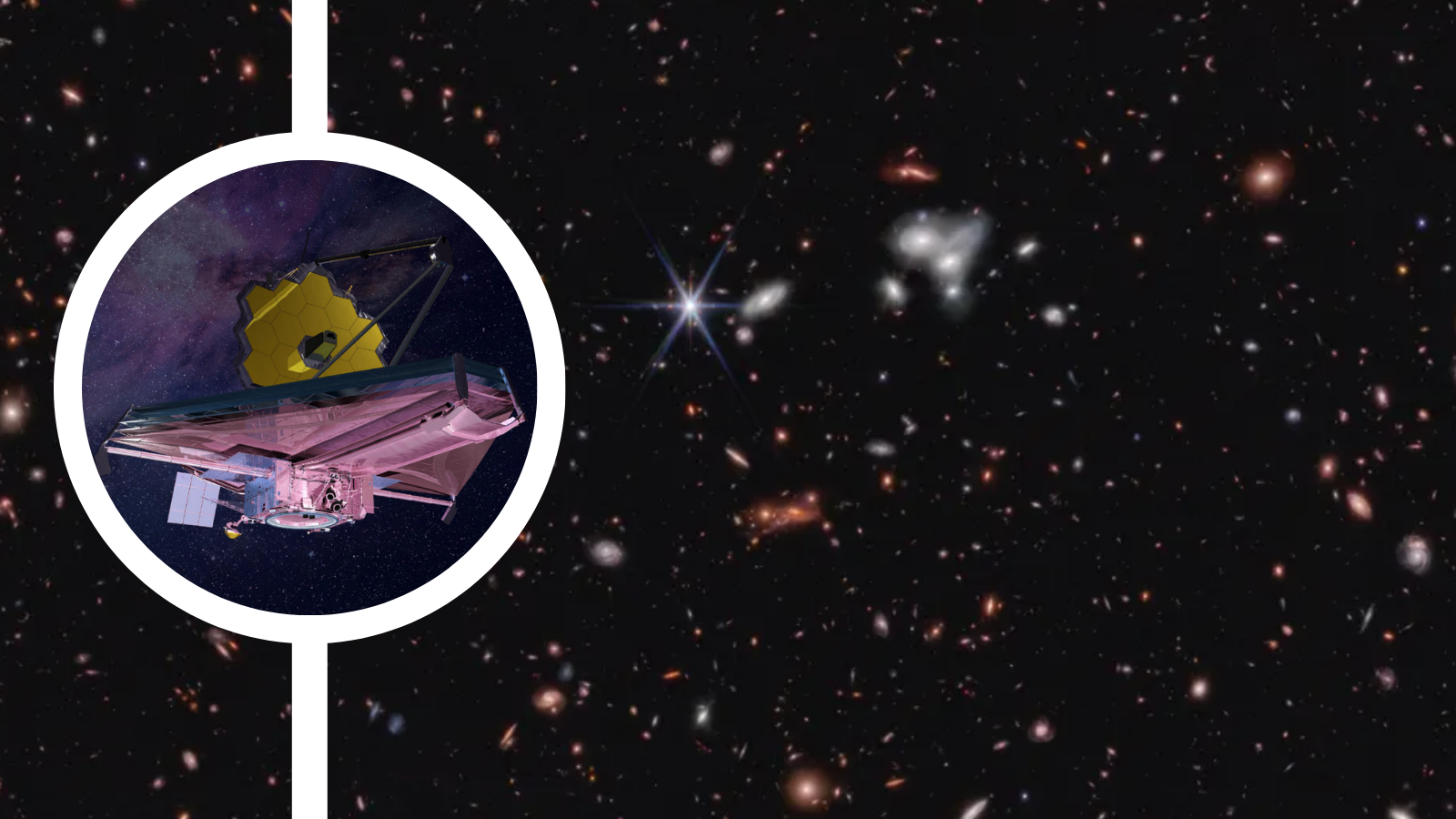Why Comet G3 (ATLAS) will be 'remembered as the Great Comet of 2025' (photos)
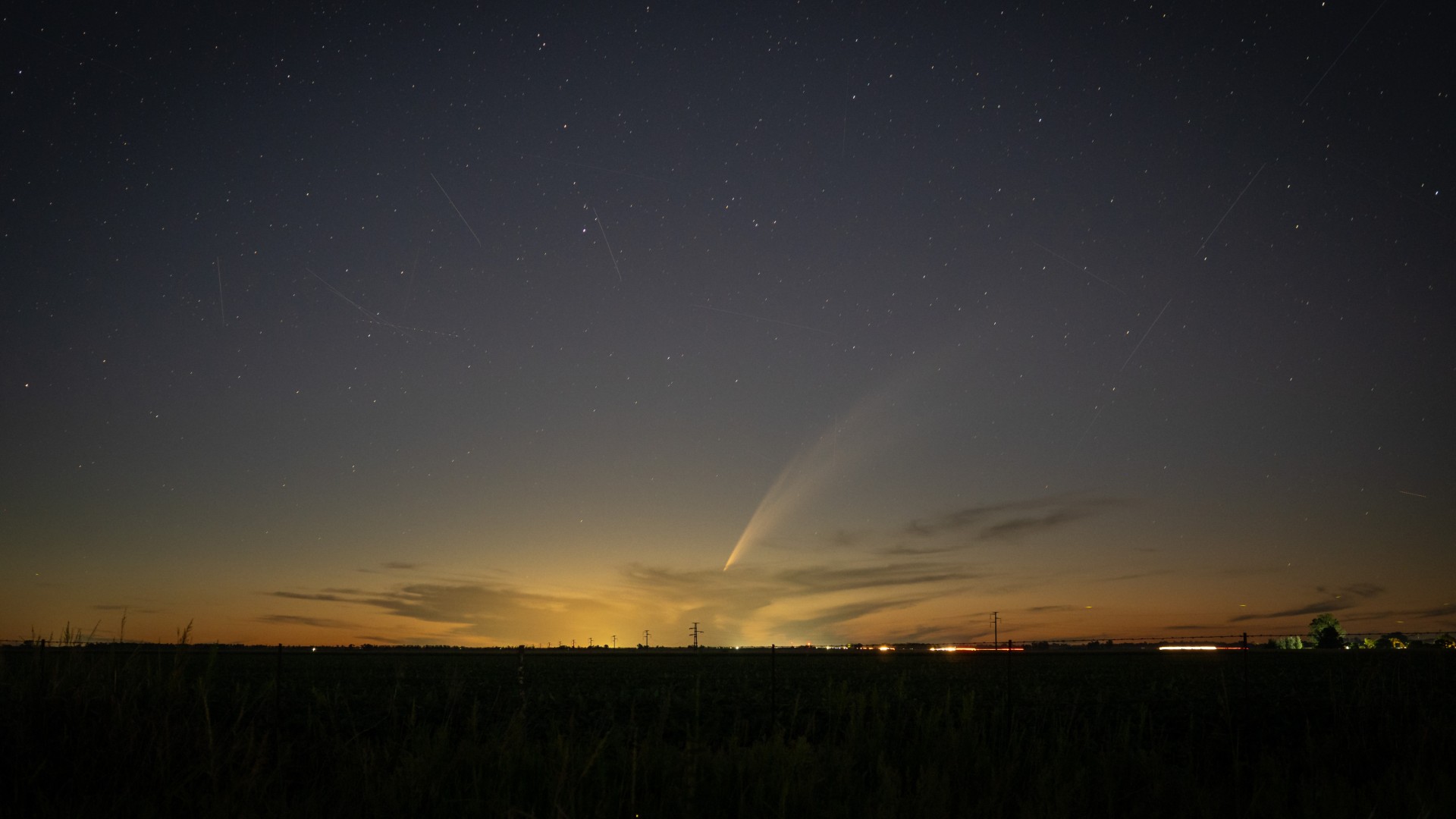
Amateur and professional astronomers alike have been delighted by the spectacular display provided by Comet 2024 G3 (ATLAS) during mid and late January. After it made its closest pass to the sun (perihelion) on Jan. 13, the comet became very bright, and shortly thereafter developed a significant and strongly structured tail.
Discovered by the Asteroid Terrestrial Impact Last Alert System (ATLAS) on April 5, in images obtained with a 19.7-inch (0.5-meter) reflector telescope located in Rio Hurtado, Chile, the comet met or exceeded expectations to become the brightest comet in 18 years. For several days it could be glimpsed from most Northern Hemisphere locations that were blessed with clear, transparent skies and clear, unobstructed horizons.
In addition, C/2024 G3 (ATLAS) is one of the few comets on record that became bright enough to be visible in the daytime without optical aid.
Unfortunately, for those living north of the equator, the opportunity to catch a glimpse of the comet was fleeting, lasting only for about a week, centered on the day of perihelion. For much of its run, C/2024 G3 (ATLAS) has belonged primarily to Southern Hemisphere skywatchers.
As January opened, the comet was estimated to be shining at roughly third magnitude, or about as bright as a star of medium brightness. But on Jan. 2, according to veteran Australian comet observer, Terry Lovejoy, the comet apparently was in the midst of an outburst in brightness, and indeed just one day later, it had brightened by nearly a full magnitude to +2; about as bright as Polaris the North Star, amounting to a nearly three-fold increase in brilliance.
Increasingly difficult to see
By Jan. 7, the comet reportedly had reached first magnitude, accompanied by a tail roughly a half-degree in length (about equal to the apparent diameter of the moon). By then, however, the comet's close proximity to the sun was making ground observations increasingly difficult as the comet's altitude was placing it progressively closer with each passing morning to the east-southeast horizon, as well as becoming immersed against the bright dawn twilight.
But from an altitude of 254 miles (409 km) above the Earth, the comet was relatively easy to see and photograph from the International Space Station (ISS) by Russian cosmonaut Ivan Vagner on Jan. 10 and American astronaut Donald Pettit on Jan. 11.
Get the Space.com Newsletter
Breaking space news, the latest updates on rocket launches, skywatching events and more!
Their images showed that the comet's tail was becoming increasingly prominent, while the head of the comet (called the coma) easily rivaled the planet Mercury — which was then shining at magnitude -0.3 — in brightness.
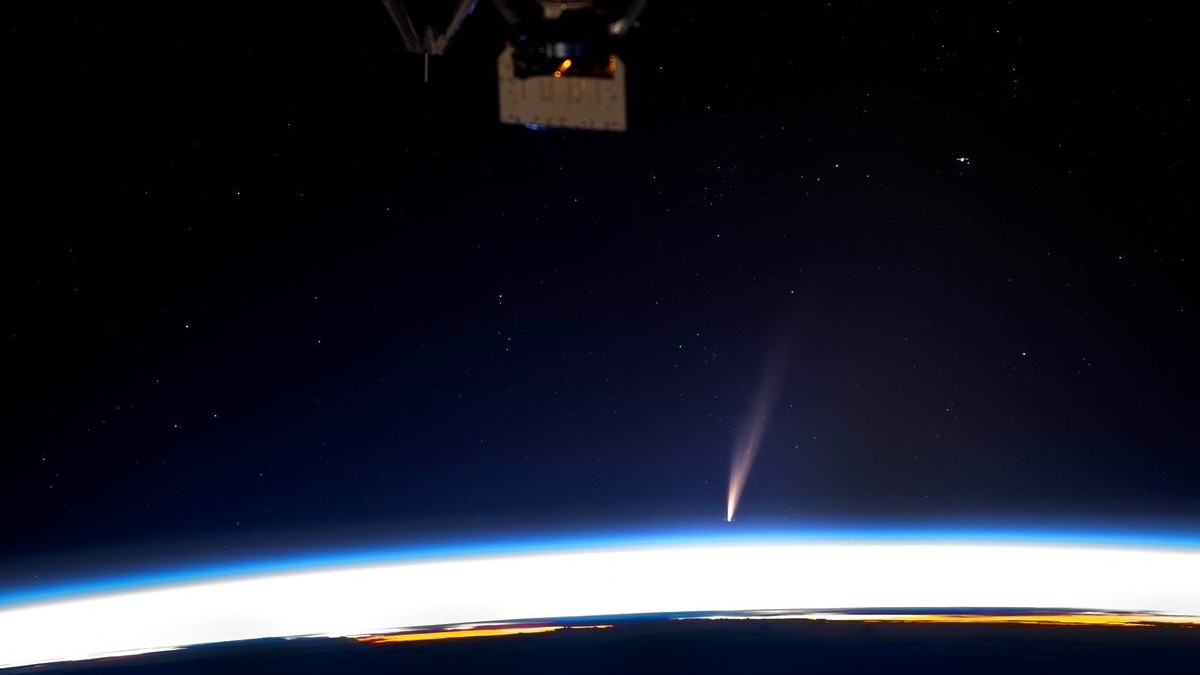
Rendezvous with the sun
The comet reached perihelion on Jan. 13 at around 1000 Universal Time (UT), at a distance of 8.7 million miles (14 million km) from the sun. Later that same day, it also came closest to Earth at a distance of 87 million miles (140 million km).
As Space.com reported, between Jan. 11 and Jan. 14, the comet's close brush with the sun could be safely viewed on computer screens courtesy of the Solar and Heliospheric Observatory ("SOHO") by way of utilizing SOHO's LASCO (Large Angle and Spectrometric Coronagraph Experiment) C3 camera.
The comet did not disappoint, putting on a spectacular show as it passed through the view of the LASCO C3 camera.
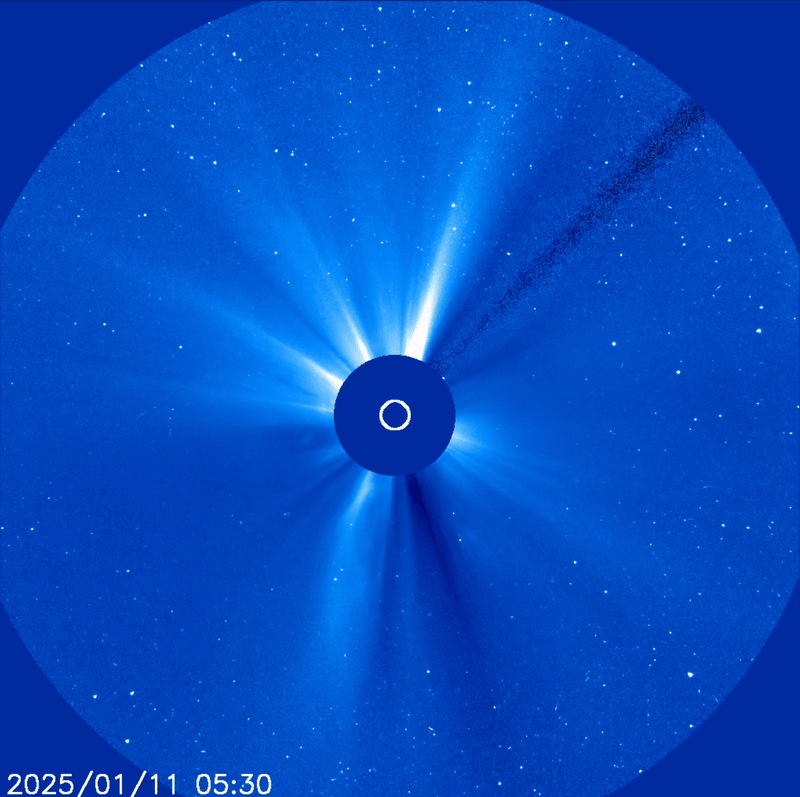
According to Polish researcher Mieczyslaw Paradowski, who carefully monitored C/2024 G3 (ATLAS) brightness as it progressed through LASCO C3 imagery, its brightness surged from a magnitude of -0.8 on January 11 at 10:33 UT to magnitude -3.8 on Jan. 13 at 9:36 UT — a nearly 16-fold increase in brightness in less than 48 hours.
According to Mr. Paradowski, the comet remained at this plateau — practically as bright as Venus — for nearly nine hours before it began to decline ever-so-slightly in brightness.
In broad daylight
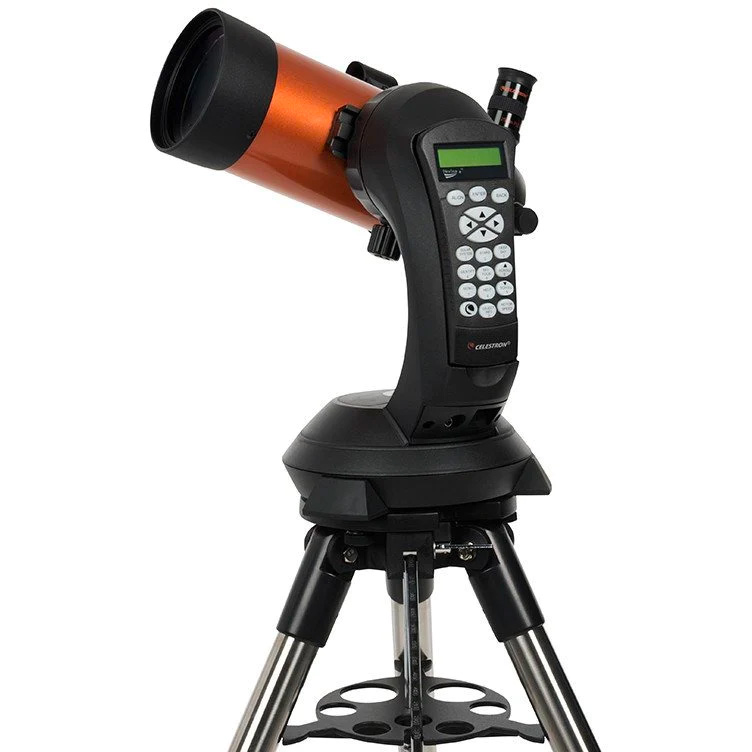
Want to see comets in the night sky? The Celestron NexStar 4SE is ideal for beginners wanting quality, reliable and quick views of celestial objects. For a more in-depth look, see our Celestron NexStar 4SE review.
The comet's sudden increase in luster tempted not a few observers to search for it during the daytime. But by virtue of being positioned so close to the sun in the sky, makes such a search inherently dangerous. Your clenched fist held at arm's length measures roughly 10 degrees when projected on the sky. But at perihelion, the comet appeared only half that distance away from the sun. Viewing the comet itself posed no harm of course, but if one accidentally got a view of the sun — however briefly — in binoculars or a telescope, there was a risk for permanent blindness.
On the day before it made its closest approach to the sun, veteran comet observer Maik Meyer of Linter, Germany, used the roof of his house to shield out any direct sunlight, then scanned the region of the sky directly above the sun with 10 x 50 binoculars. "A lot of moisture in the air and passing clouds," he writes, adding, "Didn't see anything."
But from locations that were drier and with better sky transparency, the comet was visible against the blue daytime sky.
Chris Schur of Payson, Arizona was able to photograph C/2024 G3 (ATLAS) on two consecutive days — Jan. 12 and 13 — at around 11 a.m. MST, using a 10-inch, f/3.9 Newtonian reflector telescope. "The comet was 5 degrees from the sun, and I used a special baffle tube system to block the sun from entering the tube."
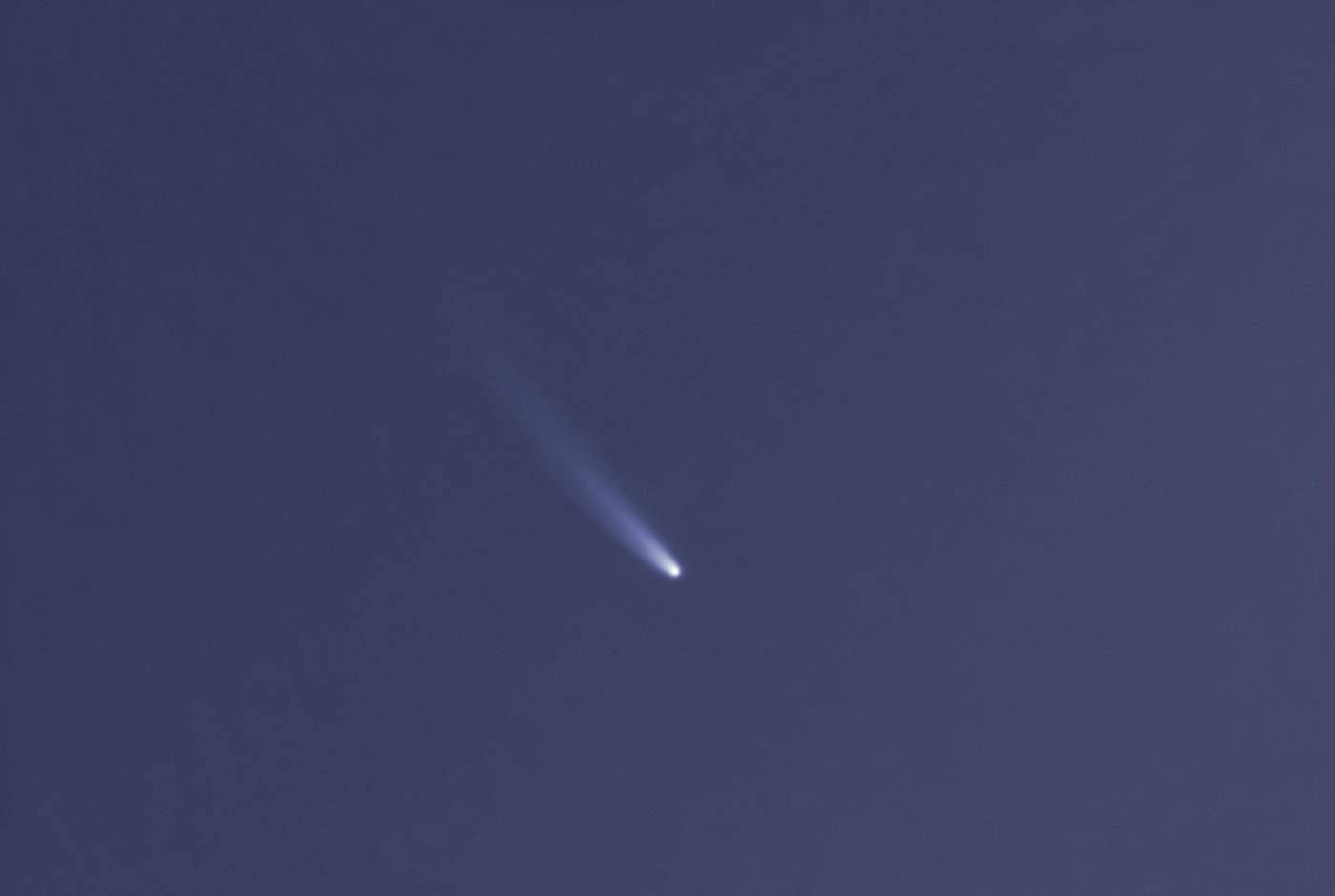
And from Tahlequah, Oklahoma, in the Ozark Mountains, Thomas Dorman writes: "With high confidence we believe we observed C/2024 G3 mid-morning on Jan. 12, naked eye using the roof of our house to block the sun and then using a Svbony IR pass 685nm polarizing filter to increase the contrast between the background sky and the comet."
Mr. Dorman also notes that if he had to give a magnitude guess for the comet it was somewhere around -3.5. "It is much like trying to observe Venus just as it is making daylight naked eye visibility not at its brightest."
A comet that is visible during the daytime is a very unusual occurrence. In the last 100 years, only four other comets were sighted in daylight conditions: Comet Skjellerup-Maristany (1927); Comet Ikeya-Seki (1965); Comet West (1976) and Comet McNaught (2007).
Want to hunt comets on your own? Be sure to look at our guides on the best telescopes and best binoculars to help you find the optics you need. And if you want to try your hand at taking your own comet pictures, check out our guide on how to photograph comets.
The comet blossoms
As Comet 2024 G3 (ATLAS) pulled away from the sun and into the evening sky, it developed into a striking object.
Mike Olason of Denver, Colorado commented on Jan. 15: "For a comet that was supposed to be hard to observe in the Northern Hemisphere, C/2024 G3 has turned out to be quite a surprise as it moved from our morning dawn skies into our evening twilight skies. When the sun set the comet was an easy object in a 50mm f/3.5 refractor and ASI178MC camera. 15 minutes after sunset one could easily see the comet in 8x21 binoculars, the coma appeared bright and starlike with a tail pointing up away from the horizon."
The next evening, Mr. Olason felt that the comet probably looked brighter, ". . . due to the fact that the previous evening the comet was observed in a rich orange twilight glow whereas this evening the comet was observed in a clear blue sky above that orange twilight glow."
Also on Jan. 15, from Magdalena, New Mexico, John W.Briggs reported: "Success in dusk! Nice object! Spouse got to see it also! We first used binoculars, then switched to a 4⅛-inch f/5 refracting telescope, equipped with a 22-mm Nagler eyepiece."
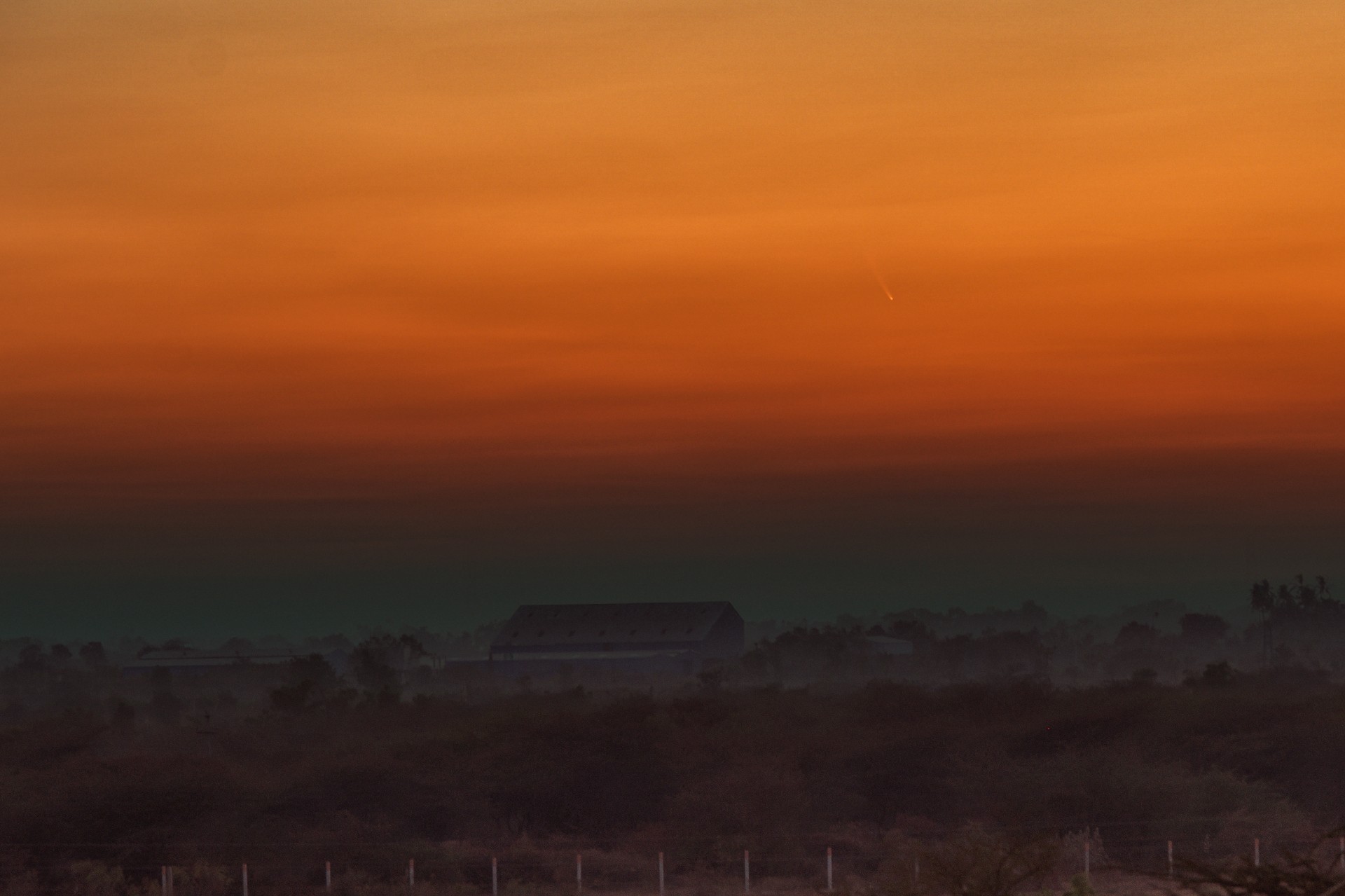
Unfortunately, the comet quickly shifted southward putting it out of reach of most Northern Hemisphere viewers. Those in the Southern Hemisphere, however, were able to watch the comet evolve into a spectacular celestial showpiece.
From Conceição do Coité, Bahia, Brazil on Jan. 21, Alexsandro Mota, described the comet as "Shining brightly."
And in his opinion, Michael Mattiazzo of Swan Hill, Australia described his view of the comet on Jan. 22 as "The best so far; A splendid comet to the naked eye. I would say the tail arcs at least 15 degrees (roughly the length of the Big Dipper's handle); a series of tails are now appearing to the north."
Indeed, the comet's most noteworthy feature was the structure of its tails. To naked-eye observers one set of tails appeared slender and straight, pointing nearly directly upward and was due to gas; the other, a broad fan curving gently to the north, was dust expelled from the comet's head and made visible by reflected sunlight.
One of the greats!
A very experienced comet observer, John Bortle of Stormville, New York, calls C/2024 G3 "the Great Comet of 2025." He writes: The comet's post-perihelion appearance closely resembles that of the long-ago Comet 1962 C1 Seki-Lines."
He also noted the structure of small striae in the dust tail. Each such parallel feature was the locus of dust grains that were expelled from the nucleus at the same time, the smaller particles having been driven farther by solar radiation pressure.
Mr. Bortle continued: "There is little question that, with its daylight display and spectacular evening apparition in a moonless sky, Comet 2024 G3 will long be remembered as the Great Comet of 2025, the first of its kind seen since Comet McNaught."
Breaking up was not so hard to do
When Chris Schur took his daytime photographs of the comet on Jan. 12 and 13, he reported that: "The nucleus of the comet is singular, stellar and not breaking up as far as I can see."
But things apparently changed quickly after that.
Imaging the comet remotely from Chile, Lionel Majzik of Hungary was the first to report dramatic changes in the comet between Jan. 18 and 19. The comet's bright, strongly condensed head suddenly became more diffuse. That was a strong indication that the nucleus of 2024 G3 was disintegrating, and this was later confirmed by Australian observers.
Still, this was not overly surprising, since at its minimum distance of less than 9 million miles (14 million km) from the sun — equal to only about one-quarter of Mercury's solar distance — the comet's tiny nucleus was subjected to temperatures in the range of several thousand degrees Fahrenheit (hundreds to a few thousand degrees Celsius) due to the drastically increased solar radiation received at that proximity, not to mention tremendous gravitational and tidal forces as well.
As such, while the comet's tail continues to remain quite evident, it now lacks a head. Historically, there have been other comets that have undergone such a drastic transformation, notably the Great Southern Comet of 1887 and more recently, Comet Lovejoy in 2011. There's a special designation for comet specimens such as these:
"Headless wonders."
Where do we go from here?
As previously noted, the comet can no longer be observed from the Northern Hemisphere, but even from the Southern Hemisphere viewing it will become less favorable in the coming days ahead. It will be positioned relatively low to the southwest horizon a couple of hours after sunset, but because it is now rapidly retreating from both the sun and the Earth, it is also fading rapidly as well.
During the final weekend of January, the comet will be shining at third magnitude, but by the opening days of February it will have dimmed considerably to around fifth magnitude, and by mid-February, you’ll definitely need binoculars or a telescope to locate it.
The orbit of Comet 2024 G3 (ATLAS) is an extremely elongated ellipse, according to the latest computations by Japanese astronomer Syuichi Nakano, who used 285 positional observations from April 5 to Dec. 22, 2024. Currently its period is about 160,000 years. However, as the comet recedes from the sun, planetary perturbations will make the orbit even more elongated, so the next return to perihelion (of whatever of it is that is still left of it) will be about 600,000 years hence.
Joe Rao serves as an instructor and guest lecturer at New York's Hayden Planetarium. He writes about astronomy for Natural History magazine, the Farmers' Almanac and other publications.
Join our Space Forums to keep talking space on the latest missions, night sky and more! And if you have a news tip, correction or comment, let us know at: community@space.com.

Joe Rao is Space.com's skywatching columnist, as well as a veteran meteorologist and eclipse chaser who also serves as an instructor and guest lecturer at New York's Hayden Planetarium. He writes about astronomy for Natural History magazine, Sky & Telescope and other publications. Joe is an 8-time Emmy-nominated meteorologist who served the Putnam Valley region of New York for over 21 years. You can find him on Twitter and YouTube tracking lunar and solar eclipses, meteor showers and more. To find out Joe's latest project, visit him on Twitter.









